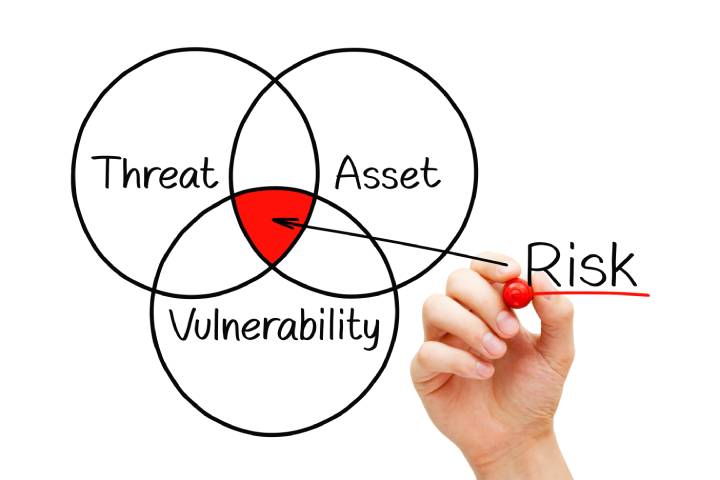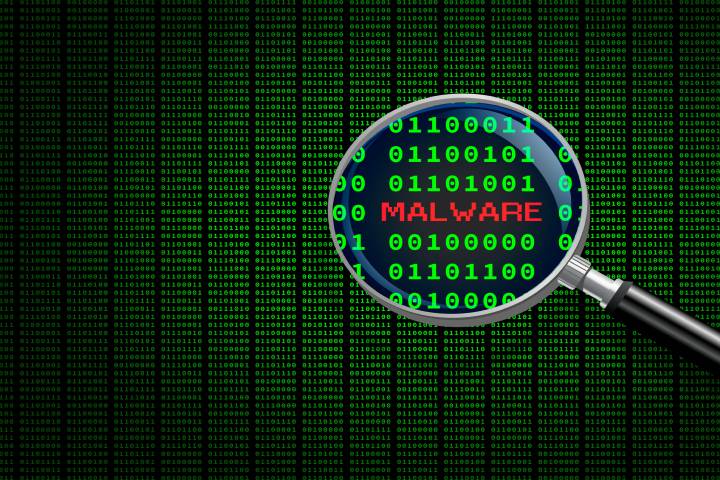Cyber security is a major concern for businesses and institutions all over the world. As technology improves, so does the need for cyber security. Hackers are developing sophisticated ways to breach security systems of organizations and companies in a bid to match the standards that such institutions are taking to curb these attacks.
To highlight the importance of cyber security, governments worldwide have set regulations on security standards that businesses have to comply with. Therefore, any business should have a strategy to help identify and deal with threats, and protect their information system against any form of attack.
Table of Contents
Identifying Threats At An Early Stage
The old saying that prevention is better than cure is also applicable to cyber security. Instead of waiting to be attacked before upgrading your security system, it would be best to identify potential weak points and correct them before the actual attack happens.
Here are some ways to identify threats at an early stage:
1. Conduct A Third-Party Assessment
Most companies will always trust their security system as long as they haven’t been attacked. However, this doesn’t mean that their security system is of top quality; because they may not have faced a severe threat or attack yet. Therefore, it’s advisable to let a reputable cyber security company assess the level of your security system.
With a third-party assessment, it’s possible to identify threats that your team failed to identify before. Moreover, the security company has more experienced professionals in the cyber security field; therefore, they’ll suggest better upgrades that you can make on your system.
2. Penetration Testing
In penetration testing, the company’s security team takes the role of a cybercriminal to try and test the scale of the company’s cyber security system. The team will test for any authentication errors, configuration errors, and many other issues.
When done early or during the developmental cycle, penetration testing can help identify vulnerabilities in websites, applications, and networks. The testing is done on different stages to ensure that any threat is identified and dealt with before it develops into a major security risk.
3. Anti-Virus Software Installation
Having reliable anti-virus software installed in your system can always alert you to any security risk. A good anti-virus program will prevent cyber-attacks on your system by thwarting viruses and warning against any form of malware such as phishing attacks sent through emails, or through other software and applications.
When your IT security team is alerted to any form of threat at an early stage, they can follow up to see the extent of the attack. Moreover, reliable anti-virus programs can uninstall the threat on their own or prevent the installation of malicious applications.
4. Threat Detection Logs

An advanced IT system should have threat detection logs that will help your IT team identify any suspicious activities in your network, such as unauthorized logins and access. Threat detection should prevent these activities whenever an attempt is made. Additionally, your team can always review the logs regularly to see the activities on their network and identify any threat.
When your security team reviews the logs and identifies any sign of threat, they’ll be able to locate the most vulnerable part of the system. They can then scale the security system in that area to prevent any further attempts.
5. Crowdsourced Attack Simulation
Typically, hackers may be considered as the bad guys in any cybersecurity sector. However, in crowdsourced attack simulation, a group of ‘white hat’ hackers or ethical hackers are invited to ‘attack’ your IT security system and find any vulnerability.
Once hackers identify threats, they can report to your security team and even help them develop a better security system. However, when working with white hat hackers, you should be keen to look for a reliable group that won’t take advantage of your system’s vulnerability.
6. Automated Monitoring System
The use of artificial intelligence can be significant in threat detection. Your IT security team can use an automated monitoring system that will help identify any bugs and provide solutions to them. Also, the monitoring system can detect threats by detecting irregularities in the network. The system then sends timely warnings to your IT security team so they could deal with the threat.
Conclusion
Preventing cyber threats and attacks is a critical way of ensuring that your business, especially the sensitive data and information within it, are protected. Moreover, having a strong cyber security network in place will boost the company’s reputation and public confidence as clients are more willing to work with companies that can ensure the security of their accounts and personal information.
Therefore, it’s essential to have a system that can detect any form of threats at its early stages before they scale to a devastating and irreversible level. With practices like third-party assessments and automated monitoring, your team will be able to deal with any cyber security risks more efficiently.

